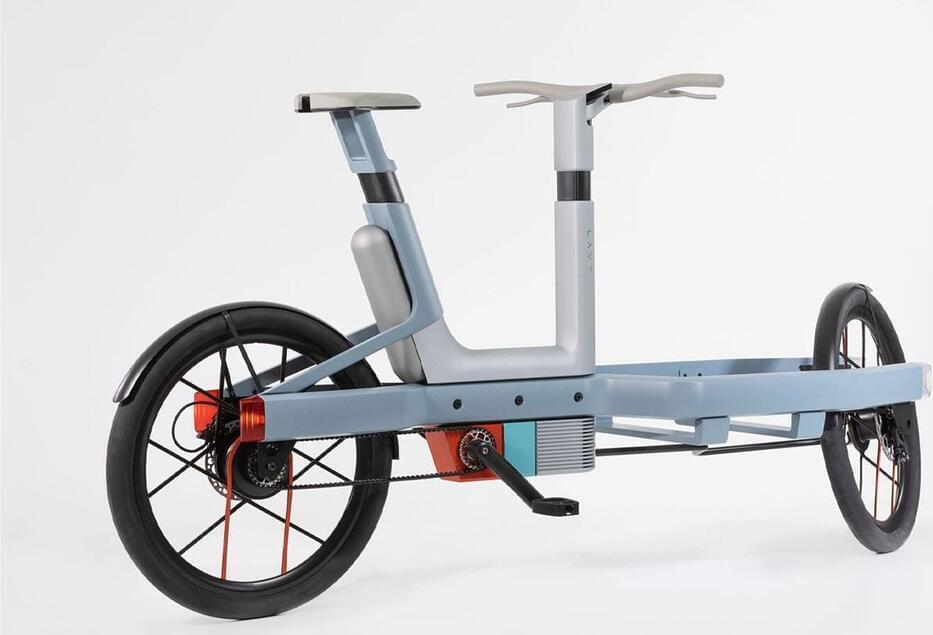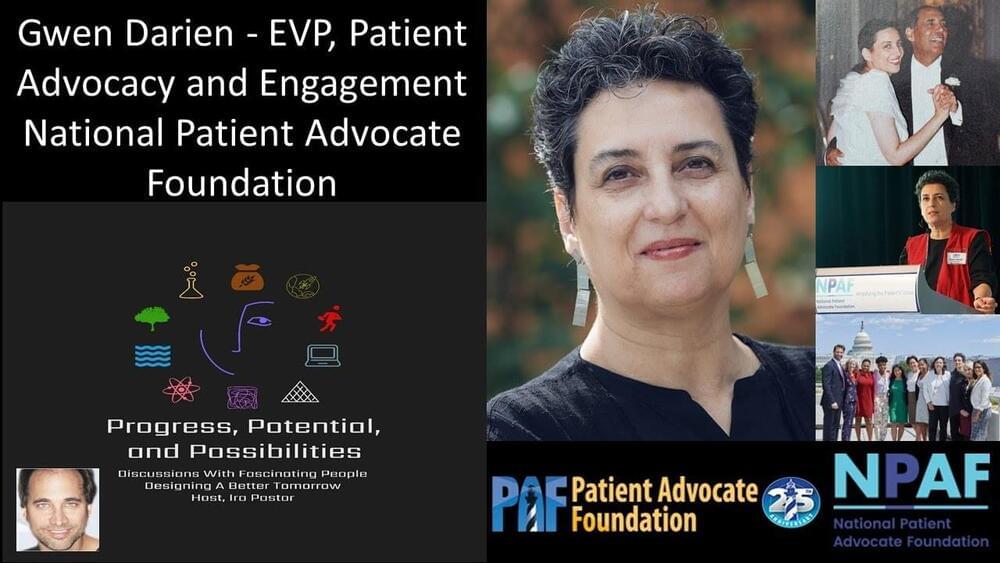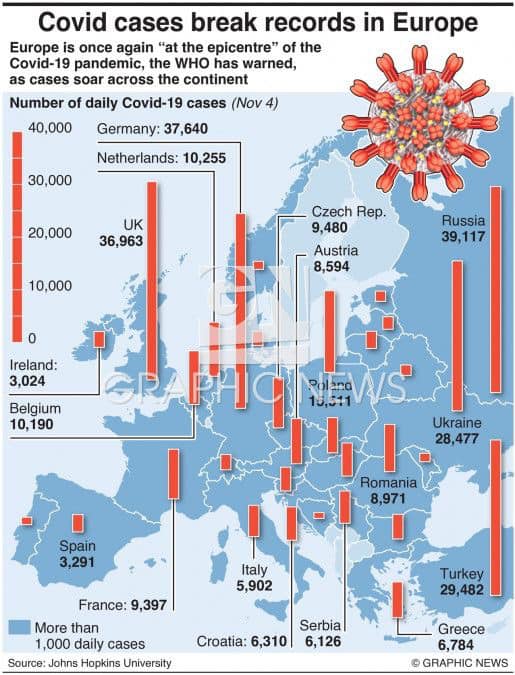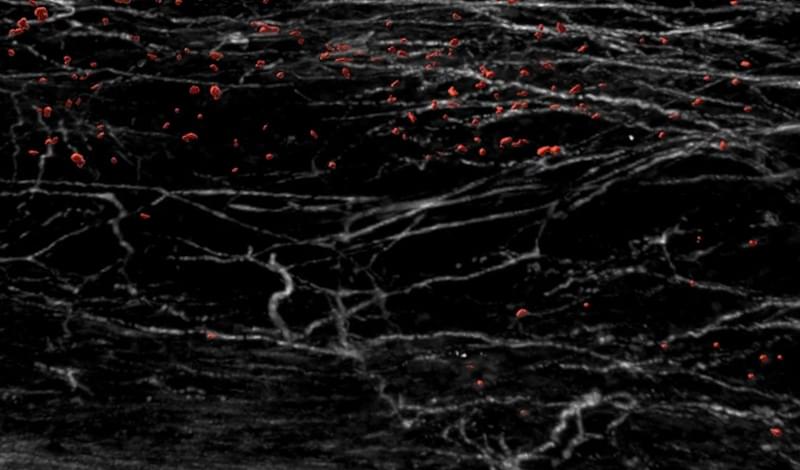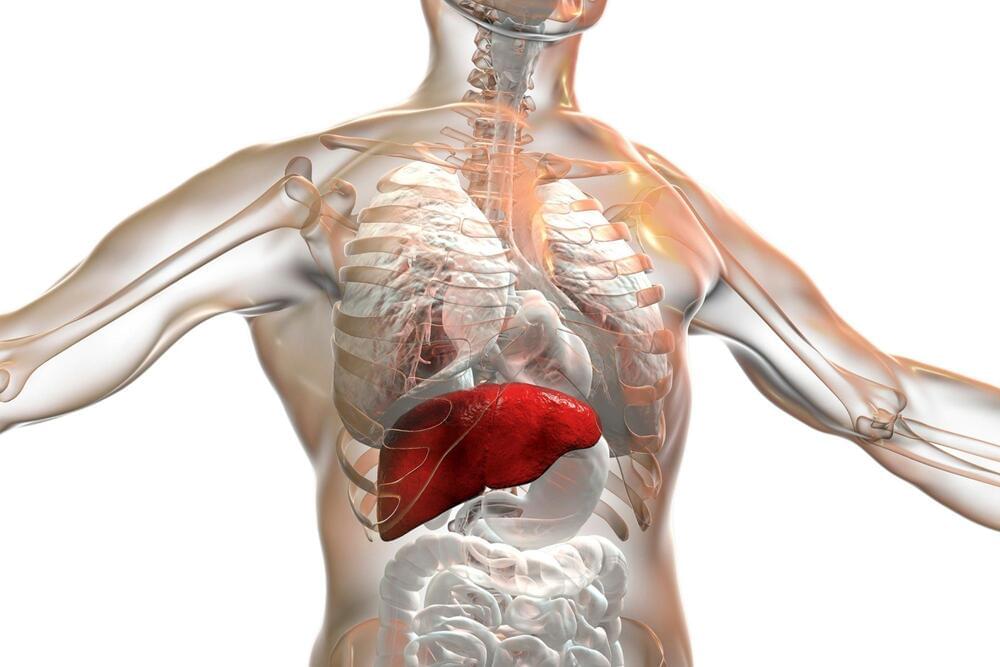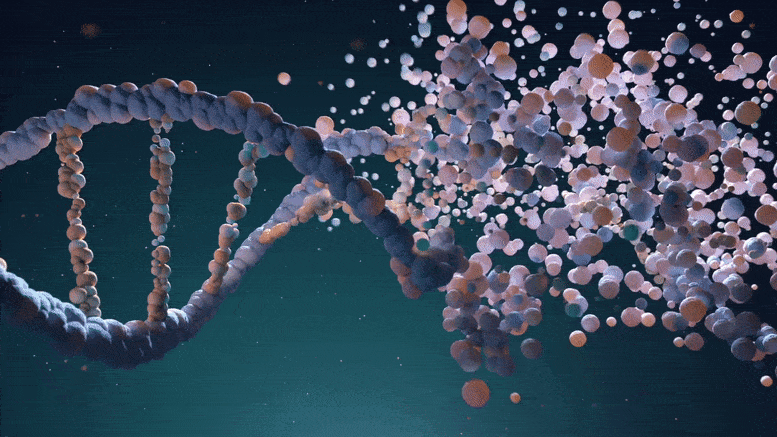Nov 6, 2021
The world’s first hydrogen cargo bike is the future of transportation as it runs without batteries!
Posted by Shubham Ghosh Roy in categories: biotech/medical, transportation
The LAVO bike from StudioMOM is the world’s first hydrogen bike, requiring no heavy batteries, particulates, or CO2 emissions for operation.
Nowadays, it seems bikes are the preferred mode of transportation in crowded cities. Traffic is no joke and public transportation has seen some major changes since the onset of the COVID-19 pandemic, so people are hitting the streets with shiny electric and portable bicycles. While bikes are generally more environmentally friendly than cars and trucks, they come with their own list of setbacks. Becoming the world’s first hydrogen bike, the LAVO bike from StudioMOM is a small solution to a big problem.
